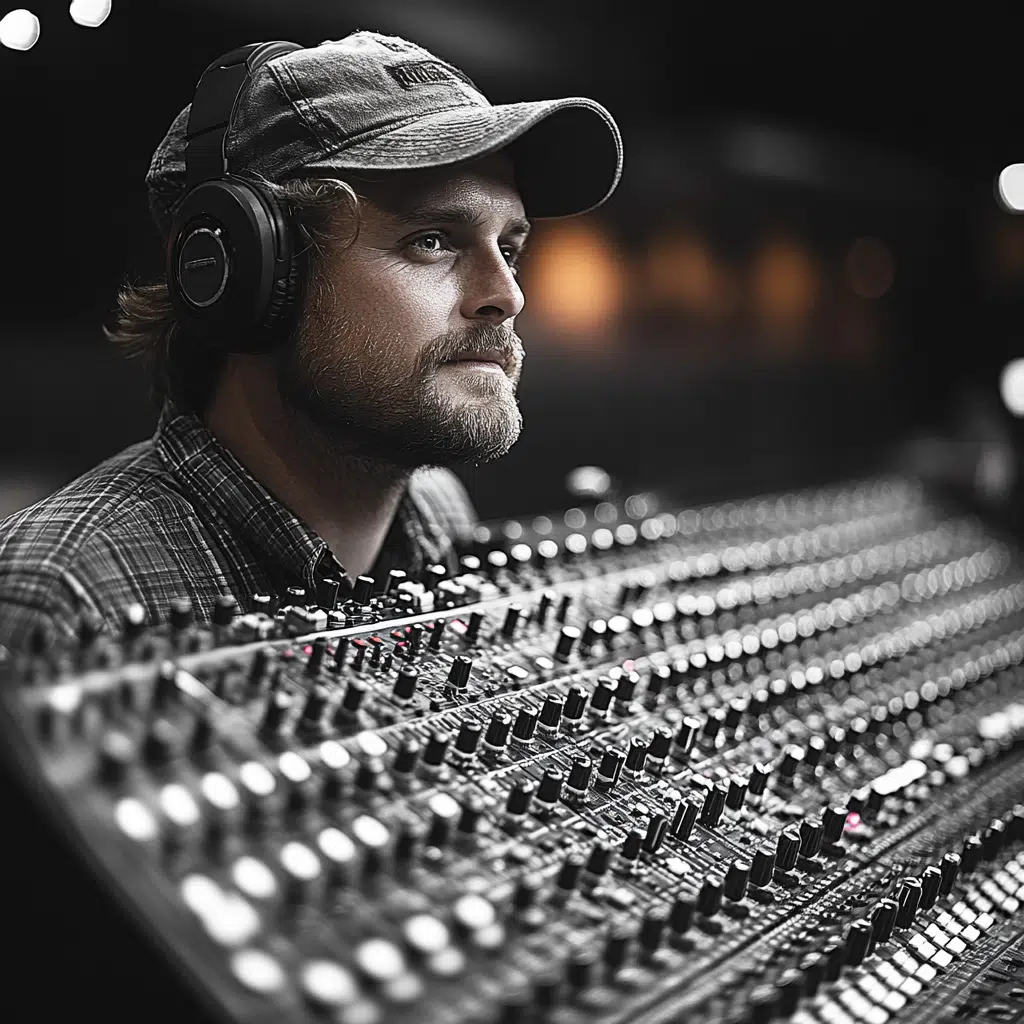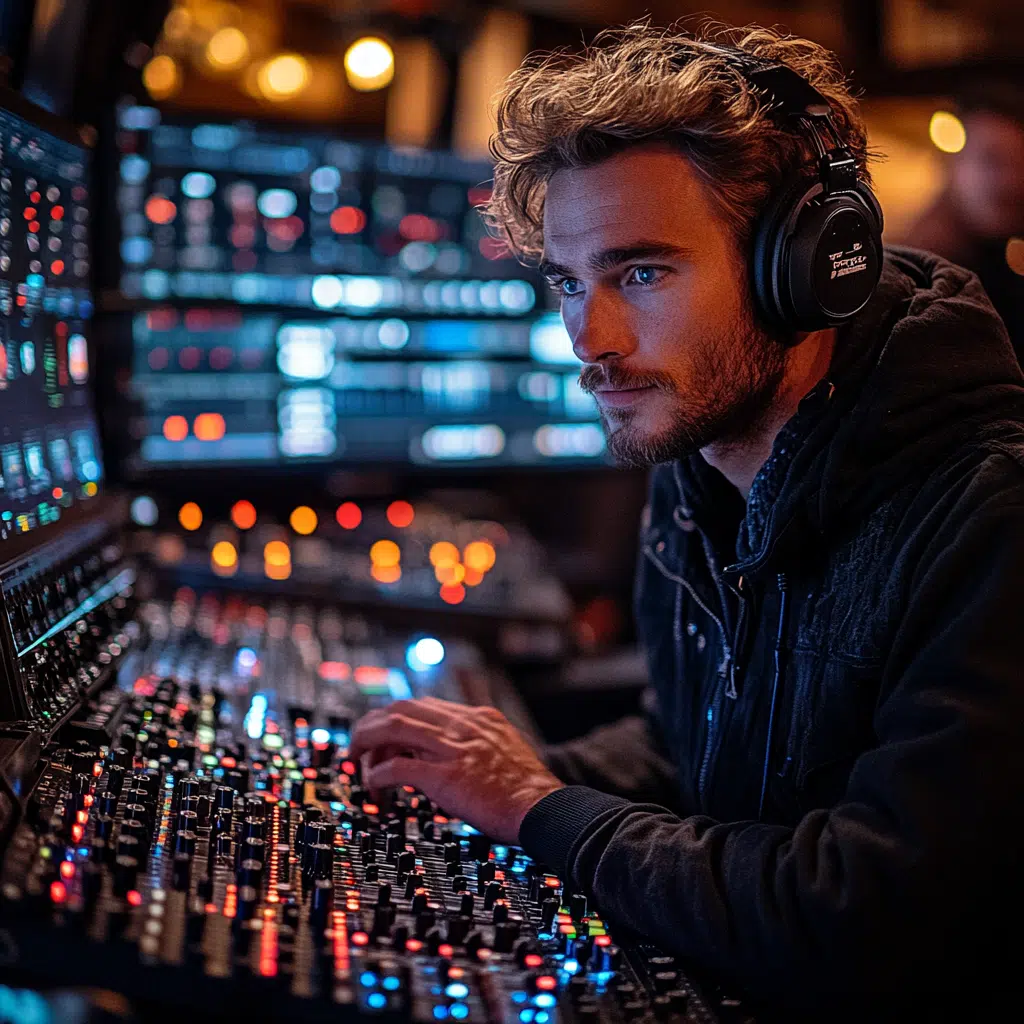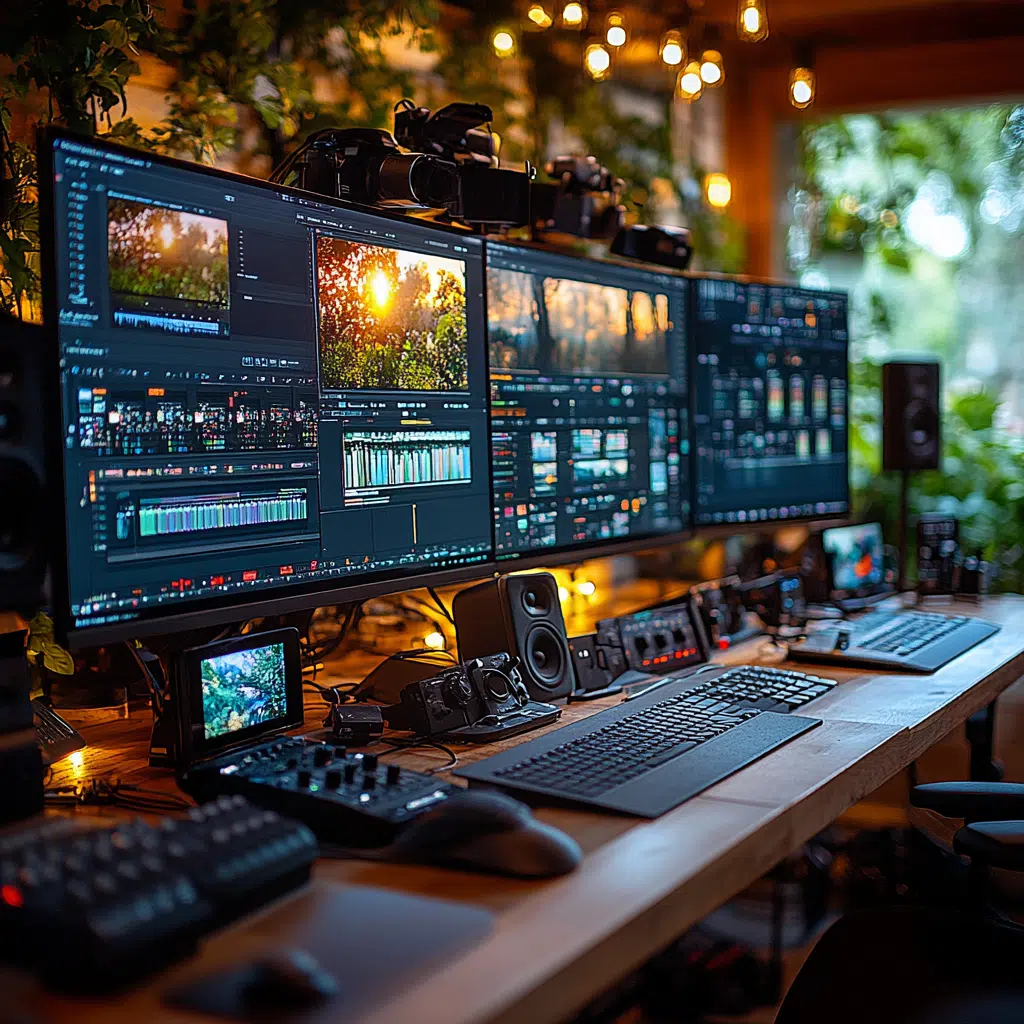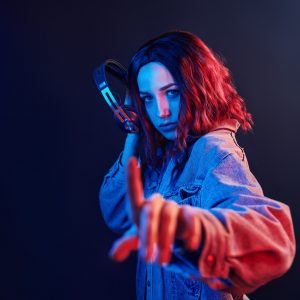In an industry where sound plays a pivotal role in storytelling, the significance of remote mixing for documentaries has grown exponentially, especially in the post-pandemic era. Filmmakers now have the opportunity to collaborate with top-tier audio professionals from across the globe to achieve high-quality sound without the constraints of traditional studio environments. This shift in how we approach sound design is game-changing, allowing creatives to focus on bringing their stories to life in ways previously unimaginable.
The emergence of remote technologies has made the process more accessible than ever. With platforms and tools designed specifically for collaboration, sound designers and filmmakers can work hand-in-hand to create the auditory experiences that elevate their documentaries. Whether you’re looking for a punch of emotional depth or a serene backdrop, remote mixing can transform your documentary into an unforgettable experience.
Let’s dive into the top 7 benefits of remote mixing for documentaries, and discover why filmmakers are rapidly adopting this approach to sound design.
The Top 7 Benefits of Remote Mixing for Documentaries
Innovating the Sound Experience of Documentary Filmmaking
The adoption of remote mixing for documentaries is not just a passing trend; it’s a fundamental shift in how sound is perceived in film. As filmmakers recognize the power of expert sound design to engage viewers, they embrace innovative mixing techniques to create immersive auditory experiences. Sound is, after all, an essential layer of storytelling.
While remote collaboration does present challenges—like the need for clear communication and effective technical setups—the advantages are abundant. This approach opens doors to creativity, resourcefulness, and professional guidance customized for various projects.
The landscape of audio post-production continues to evolve in exciting ways. Remote mixing techniques are paving the way for documentaries that not only captivate audiences but also convey deeper messages with clarity and emotional impact. As technology advances and the film industry adapts, the future of remote mixing promises even greater innovations, ultimately enriching the film experience like never before.
If you’re ready to elevate your documentary project and explore remote mixing for documentaries, consider exploring options like Online Audio mixing services new york or consult a Sound Mixing studio los angeles to find the best fit for your needs. High-quality sound design, whether through remote channels or in-person sessions, can make all the difference, taking your narrative to unimaginable heights. So, don’t miss out on the opportunity to collaborate with talent like Omar Cueva or utilize resources to improve your own sound mixing journey.
Ultimately, remote mixing for documentaries helps creators unlock more extraordinary narratives, ensuring that every sound reinforces the story being told.
Remote Mixing for Documentaries
The Evolution of Sound in Film
Did you know that the art of sound mixing has roots stretching all the way back to the early days of cinema? Just as directors today rely on Remote Mixing for Documentaries to bring their stories to life, filmmakers of yesteryear blended sounds to immerse their audiences in the narrative. With advancements in technology, remote mixing now allows creators to collaborate effortlessly, regardless of where they are. Think about it: directors can record in the most remote locations, all while tapping into quality Dolby Atmos mixing services mumbai to deliver audio that captivates the viewer. It’s a game-changer for documentary filmmakers, much like how understanding real estate Taxes can elevate your knowledge about property development.
Sound Design and Storytelling
Sound is often the unsung hero of storytelling. Just like the US 40 highway connects locals to wider destinations, exceptional sound design for documentaries binds visuals, dialogue, and music, crafting a cohesive narrative. This connection is pivotal in creating emotional depth. Imagine watching a documentary on climate change; a poignant soundscape can make all the difference, highlighting the urgency of the message. Moreover, great sound design isn’t just about blending sounds; it’s about knowing What Does a clean title mean in audio—ensuring clarity and precision in every layer of the mix.
The Future of Remote Collaboration
As we look ahead, remote mixing continues to revolutionize how documentaries are produced and shared. With professionals from across the globe collaborating seamlessly, the possibilities are endless. Filmmakers can curate the entire experience from their home offices where sound can be mixed to perfection, enhancing the overall viewing experience. Similar to how vital real estate taxes can impact property values, the quality of sound mixes significantly shapes the perception of a film. Thus, understanding these nuances can drive the success of a documentary. By leveraging the best tools and skills in Remote Mixing for Documentaries, filmmakers are set to create unforgettable narratives that resonate loudly in the minds of their audiences.
What is remote mixing?
Remote mixing refers to the process of mixing audio when the mixer isn’t physically with the rest of the team. It allows for collaboration from different locations, which is super handy in today’s global world.
How do you mix home recordings?
Mixing home recordings usually involves using software to balance the levels of different tracks, adding effects, and making adjustments for clarity and depth. You can do this with a Digital Audio Workstation (DAW) on your computer.
What is remote audio?
Remote audio is a feature that lets technicians listen to the audio on a customer’s device during support sessions. It helps troubleshoot problems quickly and effectively, whether it’s a Remote Support session or Unattended access session.
What is audio mixing on TV?
Audio mixing for TV is all about combining multiple recorded sounds during post-production. It includes adjusting the sound levels, frequencies, and adding effects to create a polished final product that enhances the viewing experience.
What are the three types of audio mixers?
The three types of audio mixers are analog, digital, and software mixers. Each type serves different purposes and is preferred based on the project’s needs and the user’s comfort level.
What is automation mixing?
Automation mixing lets you program certain adjustments and effects to automatically change at specified points in the audio timeline, saving time and ensuring consistency throughout the mix.
Do I need a mixing board for home recording?
You don’t necessarily need a mixing board for home recording, as you can do a lot with software mixers in a DAW. However, a mixing board can provide a more hands-on approach and easier control over your mixes.
How do I make my mixes sound more professional?
To make your mixes sound more professional, focus on balancing levels correctly, using EQ to carve out space for each sound, and adding effects tastefully. It’s all about clarity and keeping the listener engaged.
Should you mix vocals before or after recording?
It’s usually best to mix vocals after recording to capture the full range and nuances. Mixing them before can limit your options since you won’t have the final vocal performance to work with.
What is a DAW remote?
A DAW remote allows you to control your Digital Audio Workstation from a different location, giving you the flexibility to mix or edit while you’re away from your main setup.
How does remote recording work?
Remote recording works by capturing audio over the internet, allowing artists to perform in one location while being recorded by another team elsewhere, all through various digital tools and platforms.
How do I set up audio on my remote?
Setting up audio on your remote can involve ensuring all your devices are connected properly and that your audio settings in your software are configured correctly for optimal performance.
What is the difference between audio editing and audio mixing?
The main difference between audio editing and audio mixing is that editing focuses on fixing and arranging the sounds, while mixing is about blending those sounds together to make a cohesive final product.
How to do audio mixing?
To do audio mixing, you generally start with organizing your tracks, balancing levels, applying EQ and effects, panning instruments for space, and fine-tuning until everything sounds right.
How to do live sound mixing?
Live sound mixing involves adjusting sound levels and effects in real time during an event or performance. It requires a good ear and quick adjustments to create the best sound for the audience.
What does remote mean in music?
In music, “remote” means working from different locations rather than being in the same physical space. This could involve mixing, recording, or collaborating in real time through digital tools.
What is the difference between DJ and live mixing?
The difference between DJ and live mixing is that DJ mixing often involves blending pre-recorded tracks seamlessy for dance or listening, while live mixing typically refers to mixing live performances in real time.
What’s the difference between recording and mixing?
Recording captures the sound, while mixing combines and enhances recorded sounds to create a single track. Both steps are crucial, but they serve different purposes in the audio production process.
What is the difference between mixing and merging audio?
Mixing and merging audio differ in that mixing is about balancing and adjusting multiple audio tracks, while merging is simply combining them into one track without further manipulation.



